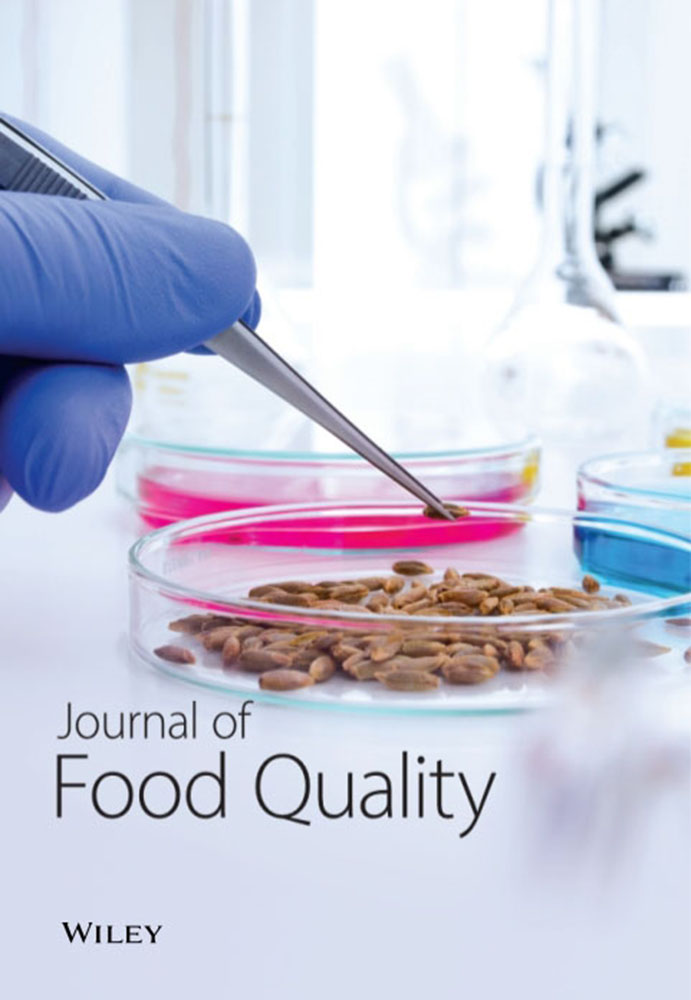Thermal Inactivation of Salmonella, Escherichia coli, and Enterococcus faecium NRRL B-2354 in Pasta Matrices
Abstract
Limited data are currently available characterizing the thermal resistance of foodborne pathogens in semolina flour and intermediate pasta matrices representative of commercial conditions during processing. Pasta producers require these data to be compliant with federal regulations since Salmonella spp. and Escherichia coli demonstrate survival in flour and dried pasta products. This study investigated the heat resistance of Salmonella, pathogenic E. coli, and E. faecium NRRL B-2354 in semolina flour and partially dried pasta intermediates via thermal death time (TDT) studies. The appropriateness of E. faecium NRRL B-2354 as a surrogate in semolina flour and pasta matrices was determined. Inoculated pasta matrices equilibrated to target water activities of 0.85, 0.88, and 0.91 (at 25°C) underwent isothermal inactivation treatments at 65°C, 70°C, and 75°C. Serial dilution and direct plating methods allowed for the estimation of bacterial survival at each treatment. In representative pasta matrices, the D values for each microorganism increased as water activity decreased from 0.91 to 0.85. Surprisingly, Salmonella and E. coli did not exhibit significantly different thermal resistance in pasta. The greatest heat resistance was seen in semolina flour (aw 0.45). E. faecium was significantly more thermal resistant than both pathogens in all treatments when the temperature was ≤ 70°C. The results show that E. faecium strain NRRL B-2354 is not an ideal proxy for Salmonella and E. coli in semolina and pasta matrices. Analysis of the TDT data also found that a long-goods pasta drying process can achieve ≥ 7-log reductions of Salmonella and E. coli when following good manufacturing practices.


 求助内容:
求助内容: 应助结果提醒方式:
应助结果提醒方式:


